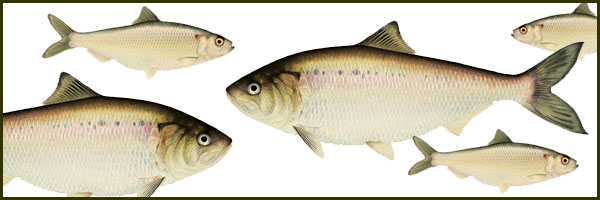Add your voice to a growing number of people, businesses and organizations who support the restoration of one of the world’s largest freshwater ecosystems.
Sign Now »
Saturday, May 19, 2012
Friday, May 18, 2012
Handling Black Bears in Urban and Suburban Areas
| Young black bears will climb trees if they feel threatened. |
Bears turn up in urban and suburban areas throughout New York State every year. During spring and early summer, young males set out on their own and sometimes travel into cities and towns where bird feed, garbage and pet food are available. When this happens, DEC's first response is to monitor the bear's movements, collaborate with local police and ensure the bear can find its own way safely out of town. Yet, when a bear seeks refuge in a tree and crowds form, the situation becomes more difficult. If a safe escape route exists and the crowd leaves, the bear might wait until dark and then return to its natural habitat. If there is no escape route or curious onlookers remain, DEC may tranquilize and relocate the bear. However, the best scenario is for the bear to find its own way back out of town. Learn more about how to prevent conflicts with bears by visiting DEC's Nuisance Black Bears (http://www.dec.ny.gov/animals/6995.html) webpage. |
Take action! Urge mid-Atlantic fishery managers to protect
threatened river herring and shad from Ocean bycatch
|
|
Although river herring and shad are small fish, they play an immensely important role in the health of our coastal ecosystems. As food for larger fish, they help sustain commercial and recreational fisheries on the East Coast while contributing to the economies of many coastal river towns. They are in critical condition, however, because their populations have declined by more than 97 percent. In New York the Hudson River’s historic shad fishery was closed as populations reached critical levels. River herring populations in New York have also reached unsustainable levels and fisheries closures and restrictions will be implemented soon to protect dwindling populations.
The populations of shad and river herring that spawn in New York’s rivers spend much of their lives in the ocean. This spring, you can help secure the first meaningful protections for these fish in the ocean. Millions are caught each year, mostly by industrial trawlers targeting Atlantic mackerel. These massive boats tow football-field-size nets and indiscriminately kill millions of pounds of unintended catch annually, including river herring, shad, bluefin tuna, cod, haddock, and striped bass, as well as whales, dolphins, and seabirds.
The Mid-Atlantic Fishery Management Council will meet in June to decide how to protect river herring and American shad at sea. This is your opportunity to help save these treasured species. Send a letter to the council today.![]()

